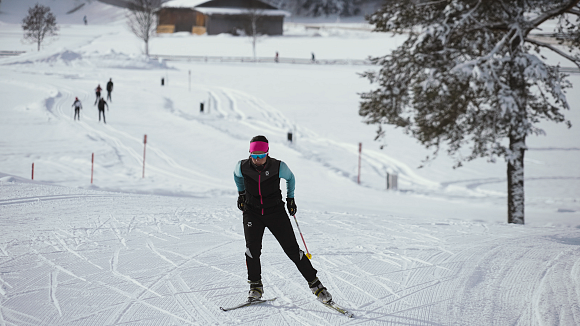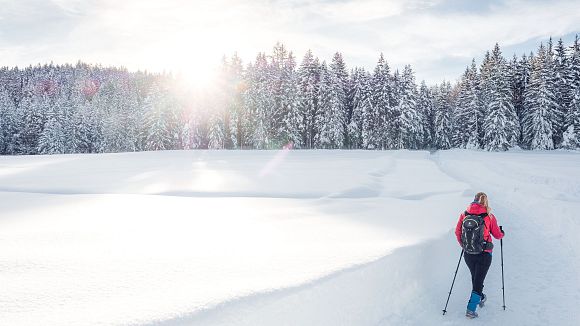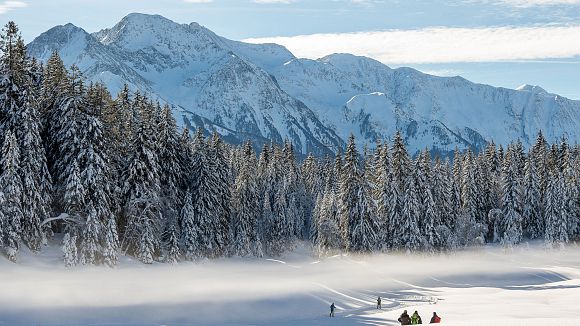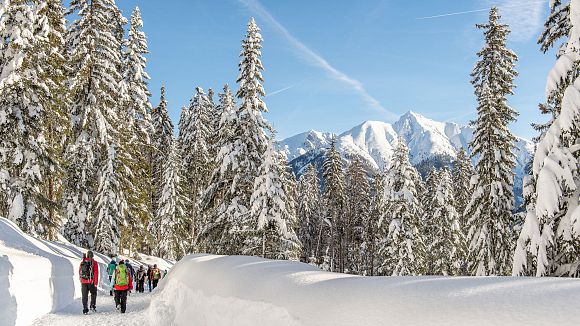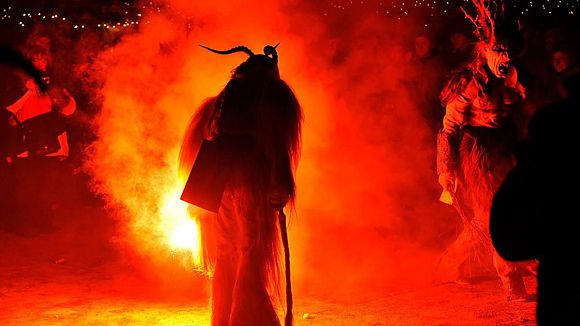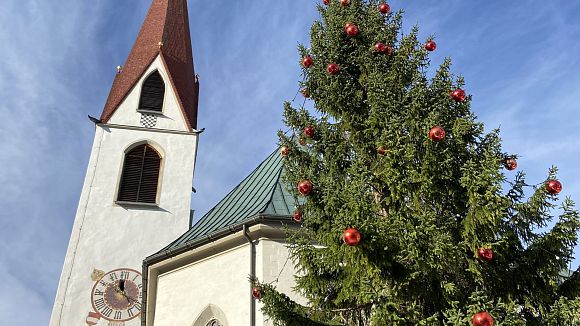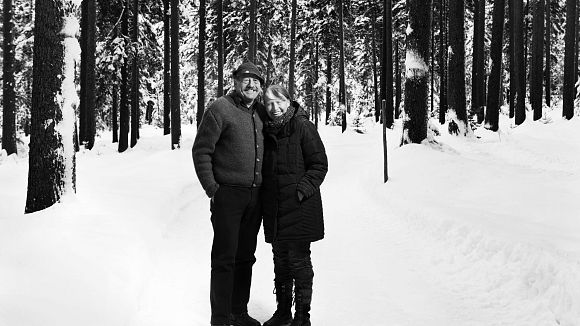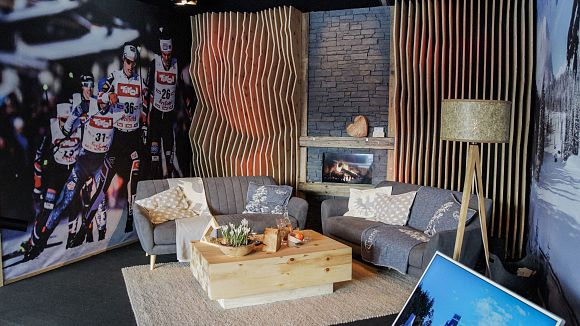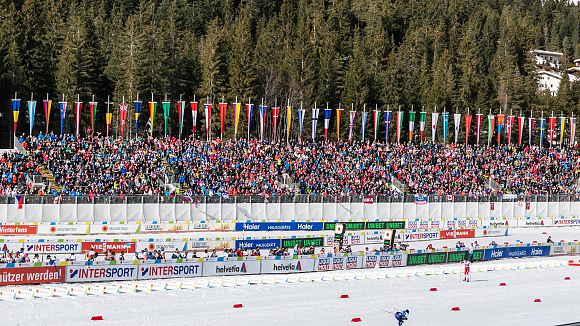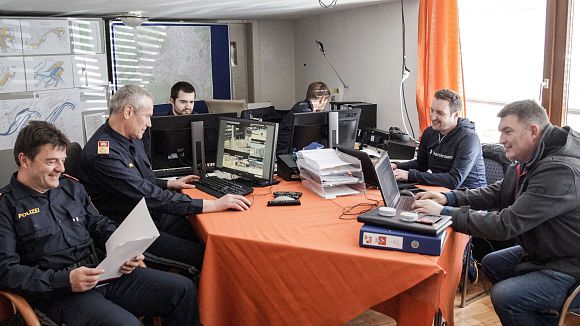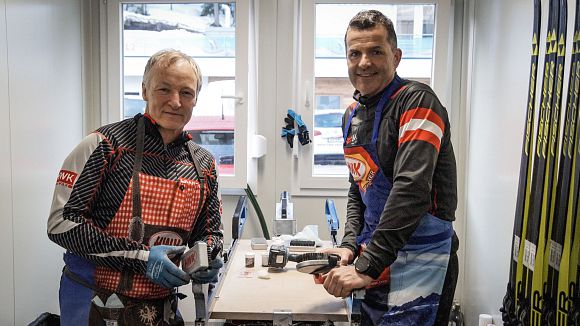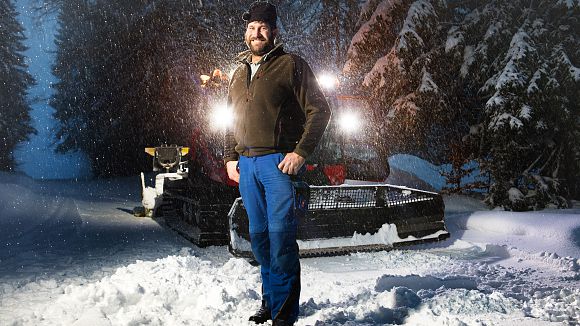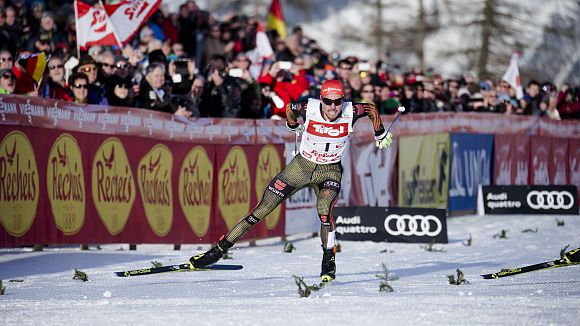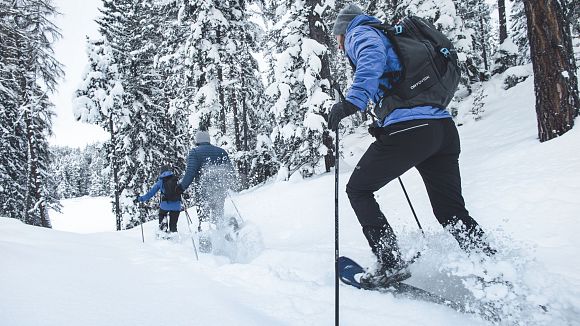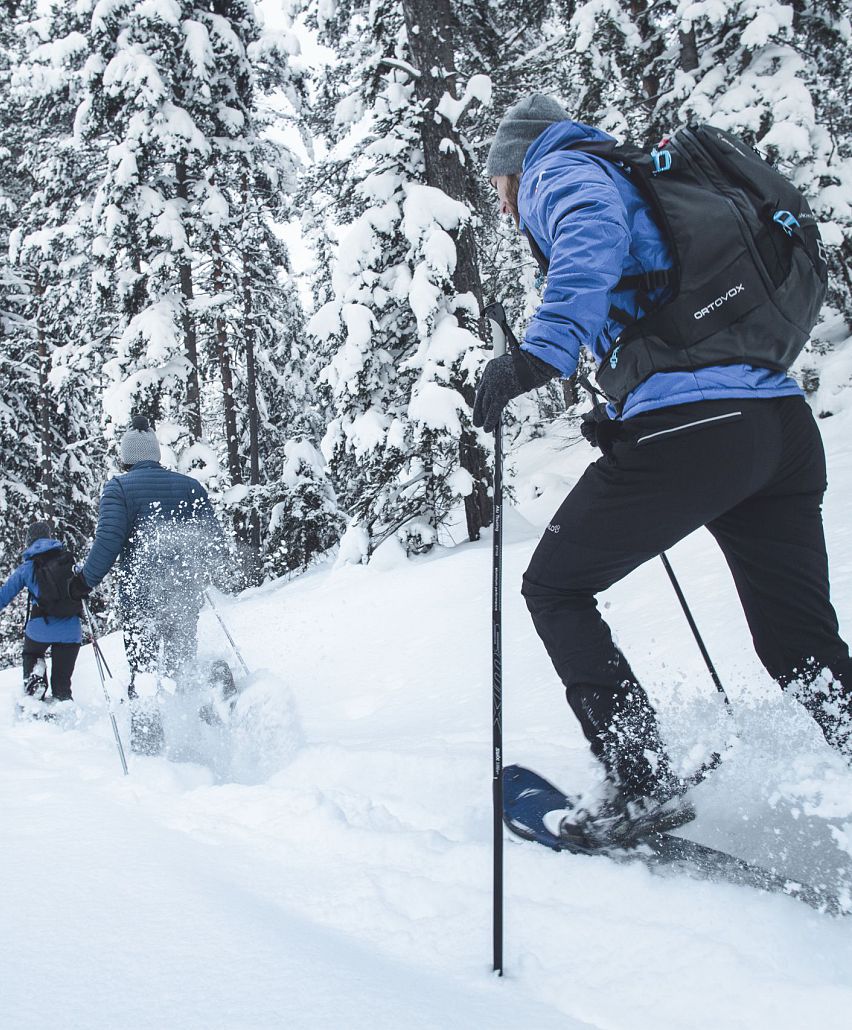
von Tessa Mellinger
January 30, 2017
Winter
Snowshoeing – A snow experience
Go where the snow takes you. "Snowshoeing is so much fun!!!" – at least that's what all my friends assured me. Admittedly, I was a little skeptical at first. After all, I prefer to feel fresh snow under my skis instead of snowshoes. But I let myself be persuaded and so it was: off on the snowshoes and out into the white winter landscape!
Snowshoeing: how it works
First of all, the choice of route is important. Would you rather go a little more relaxed and visit a hut, or a little more challenging and with meters of altitude? The Region Seefeld offers a huge selection of well-marked routes, there is something for everyone. For me, it should be a little more leisurely the first time, after all, you don't want to overexert yourself right away.
By the way: our mountain and hiking guides also offer guided tours. Together with them you can explore lonely paths in deep snow. Off the marked trails, you should never go alone – there is an acute danger of avalanches!
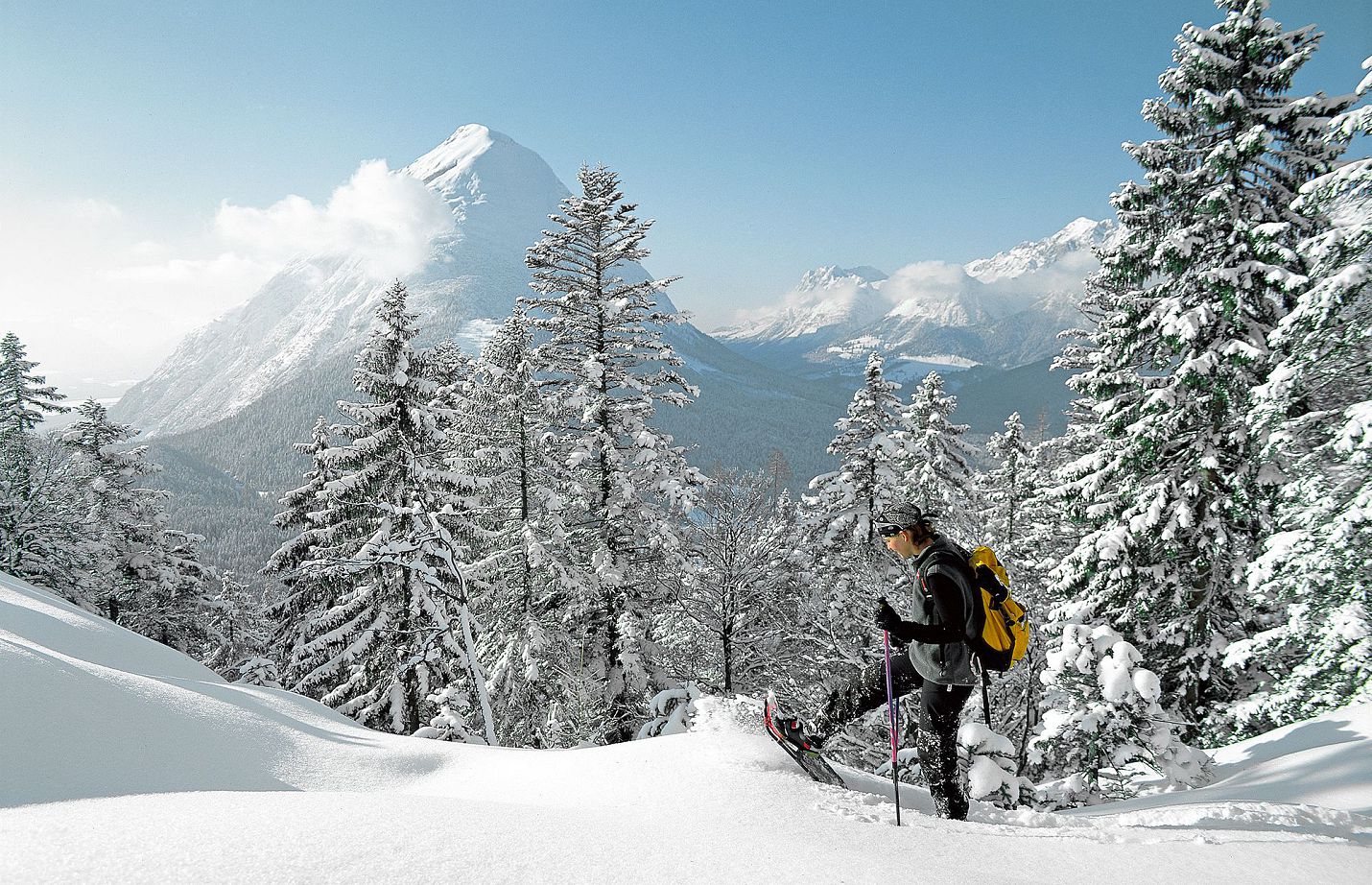
Snowshoe hike
It is also important to choose the right clothes: thick winter shoes and warm, waterproof clothing are a must. Ski or softshell pants, for example, are well suited and on the upper body it is called "onion-skin principle", that is, layers that you can take off and put on. So you sweat less and do not cool down. In the backpack you need something to drink (in the cold you lose more water by breathing) and a snack as well as a map of the area. A first aid kit can also never hurt.
On the snowshoes, ready, go!
Once all the preparations are made, you're finally ready to go! The great thing about snowshoeing is: it doesn't take much practice! Quickly you have the trick figured out how to move best. Then you can trudge through the deep snow without sinking in. What an experience! Around you, the snow-covered trees and the peaks of the region glisten as you make your meters.
The warm breath forms white clouds and the face becomes rosy with cold and fresh air. Satisfaction sets in, a wonderful feeling of happiness. What could be more beautiful? Finally you have time to talk or just let your thoughts flow in silence – if you are not interrupted by a snowball fight! The abundance of snow simply offers the best opportunity for this. Even we adults become children again...
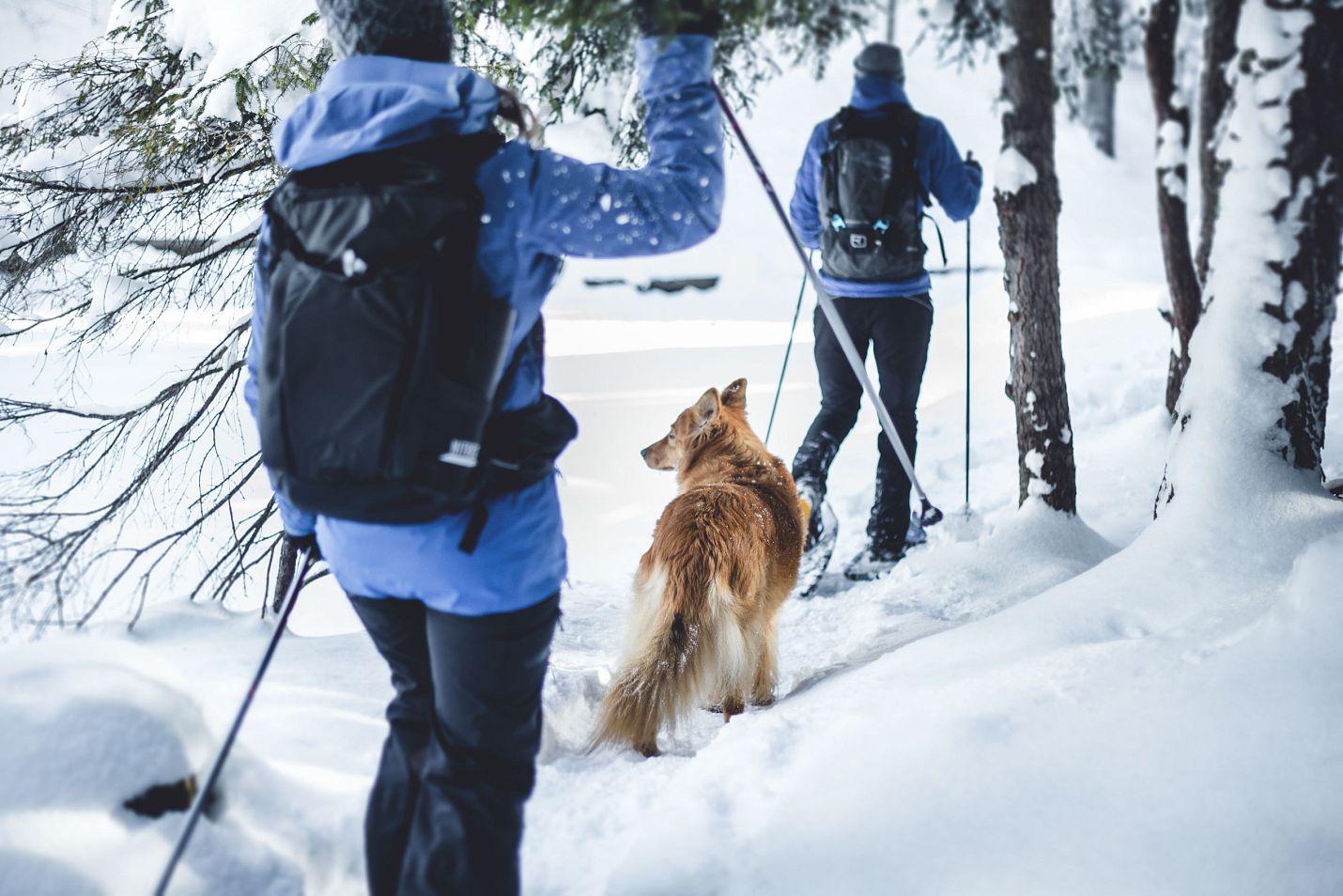
Snowshoe Hike with Dog
Time for a break: a cozy hut and a warm refreshment
After a few hours outside in the cold, a rustic hut comes just in time. A warm cocoa, coffee or a fortifying meal bring back the spirits and warmth. It's good to snuggle up to the warm stove and dry the gloves that got all wet during the snowball fight.
Then it's back to the valley. The way back is also very worthwhile once again. What views over the Alps! And maybe you can even observe one or the other deer or snow hare in nature? If you keep your eyes open vigilantly, you will find their tracks in the snow.
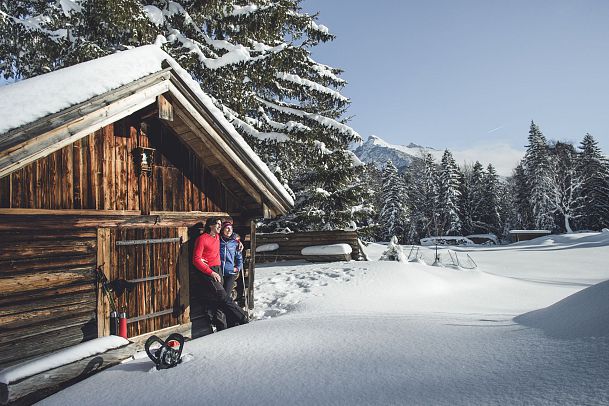
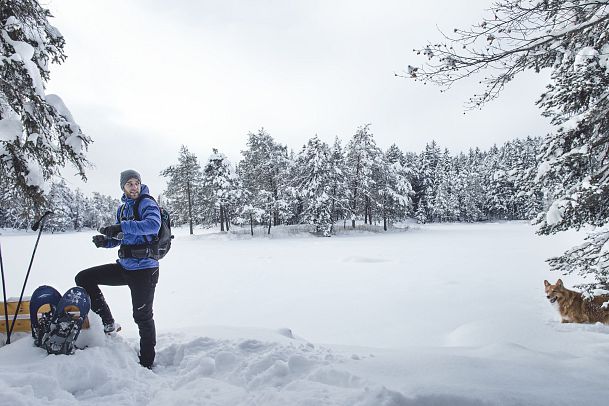
After a wonderful day on snowshoes out in nature, I am also convinced: snowshoeing is really fun! A fun adventure that makes you wonder and laugh. Hiking you explore the secluded sides of the Alps and its inhabitants, an experience that is really worth it!
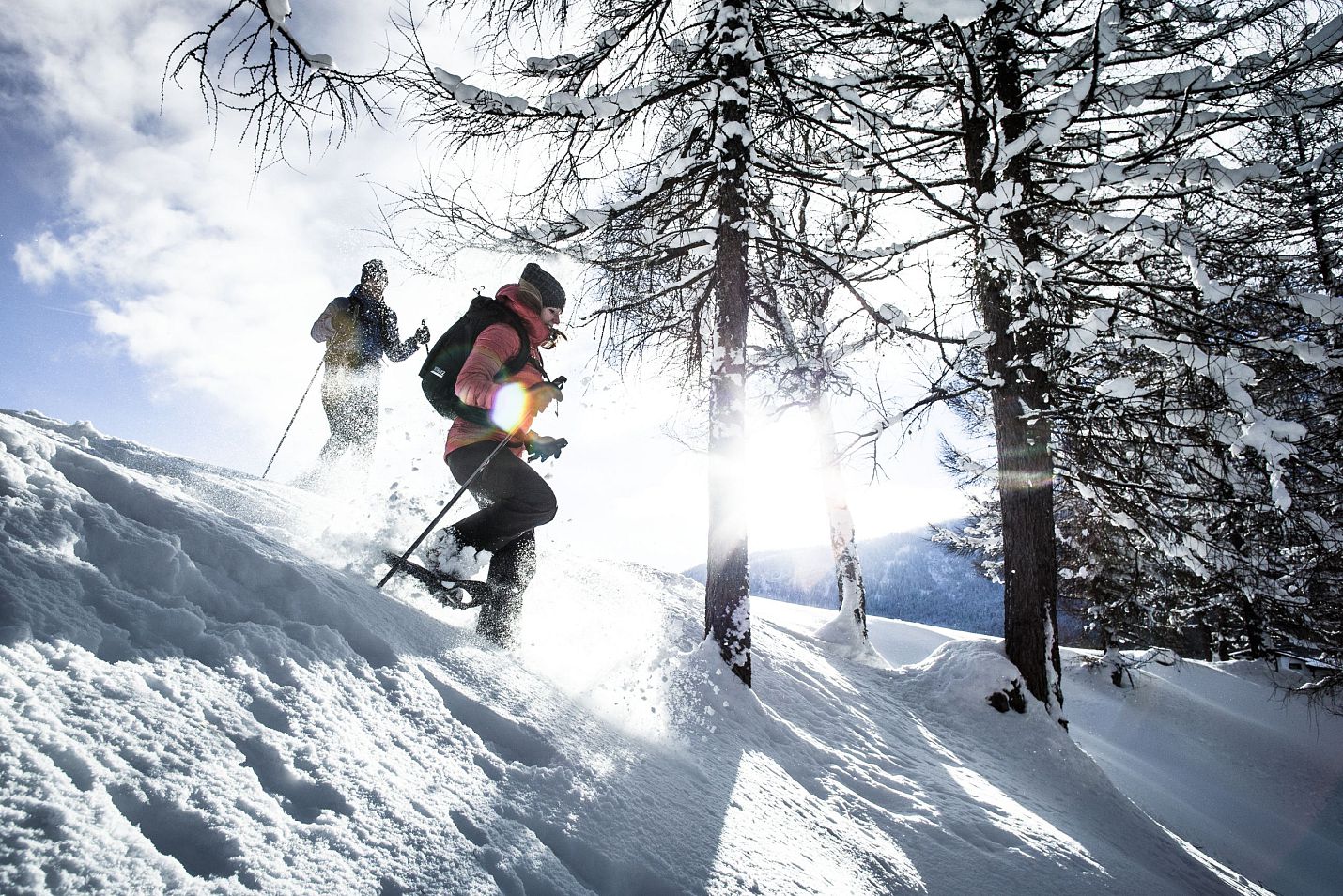
Snowshoeing to a hut
Related link:
A hike with the snowshoes in the Region Seefeld
The little snowshoe hiking know-how
Snowshoes
Nowadays, a distinction is made between "Classics" and "Moderns". Classics: snowshoes with an aluminum frame and a continuous plastic covering. They are best suited for hikers and pleasure walkers. Moderns: They are designed for sport and alpine use. They are built of flexible plastic and have well-fixed strap bindings. If you want to be really alpine, you can go for snowshoes with climbing aids, extensions, or integrated snow claws, which you need for steep climbs on ice. Normally, however, Classics are always sufficient, because they are universally applicable and very pleasant to walk.
The right size of snowshoes
The size of snowshoes depends on the body weight (here you also have to take into account the backpack!), stride length and the intended use. Taller and heavier hikers also need larger snowshoes to avoid sinking too much into the snow.
The right shoes for snowshoeing
You don't need special shoes for snowshoeing. Good mountain boots with a firm sole will do. They should also be waterproof. Winter boots or even crampon proof shoes are even more suitable. If you rent a snowshoe, you will be sure to get advice in the store.
What else do you need?
Sticks: They should not be missing when snowshoeing. They help to save energy and also to keep your balance. They also prevent slipping or even falling. Wide snow pads on the poles are important, since you are hiking through deep snow.
Gaiters: For those who are not so experienced, gaiters are recommended. They prevent snow from getting into your boots and protect your pants from damage from your snowshoes.
Clothing: The rule here is: warm, waterproof and functional. Dress according to the "onion-skin principle", that is: several layers that you can take off. Be careful not to wear cotton, such as cotton T-shirts. These soak up moisture and dry very slowly, which means you can cool down quickly and even get sick.
Functional fabrics such as merino are more suitable here. By the way, when you start running, you may even freeze a little. Correctly dressed is, who it on the first 100 meters still a little bit shivers. If you dress too warmly from the start, you will soon start to sweat and have to take off your clothes.
Also: sunglasses or ski goggles are indispensable! Those who do not wear glasses expose themselves to the risk of snow blindness.
In the best case, a backpack should offer fastening possibilities for the snowshoes in order to store them safely. Every now and then you have to carry the snowshoes. It is also enough to have a lid in which you can store the shoes. In the backpack should be something to drink, some snacks, a detailed map of the area, a cell phone and also a first aid kit.
Before setting off: choosing the right routeTours on your own: in the Region Seefeld there are numerous secured hiking trails that you can easily explore on your own. The right choice of route is crucial. One's own physical condition must be correctly assessed in order to avoid overexertion.
A snowshoe hike differs from a mountain hike in summer, as trudging through deep snow is more strenuous. When planning, take into account that the days are shorter in winter. So the first tour should rather be planned a little shorter and preferably also choose a hut as a destination. If you want to go off the secured paths, it is essential to have a good knowledge of avalanches. In the unsecured ski area there is acute avalanche danger!
Guided tours
If you want to explore the untouched nature, you should trust in the experience of mountain and hiking guides. They will guide you through deep snow and the snowy winter landscape.
Snowshoeing: the right technique
Basically, walking with snowshoes is easy to learn. The stride is a little wider than normal and you have to adjust to different snow conditions: icy, soft, slushy or powdery it can be. "Tracing" takes a lot of strength and also more surefootedness.
Putting on snowshoes correctly
The easiest way to put on snowshoes is to kneel. The straps need to be tight to give you optimal support. It's best to check the straps again after a short time. Especially in steep terrain, you don't want to lose your snowshoes or trip over loose shoes.
Blog Tags
Share
